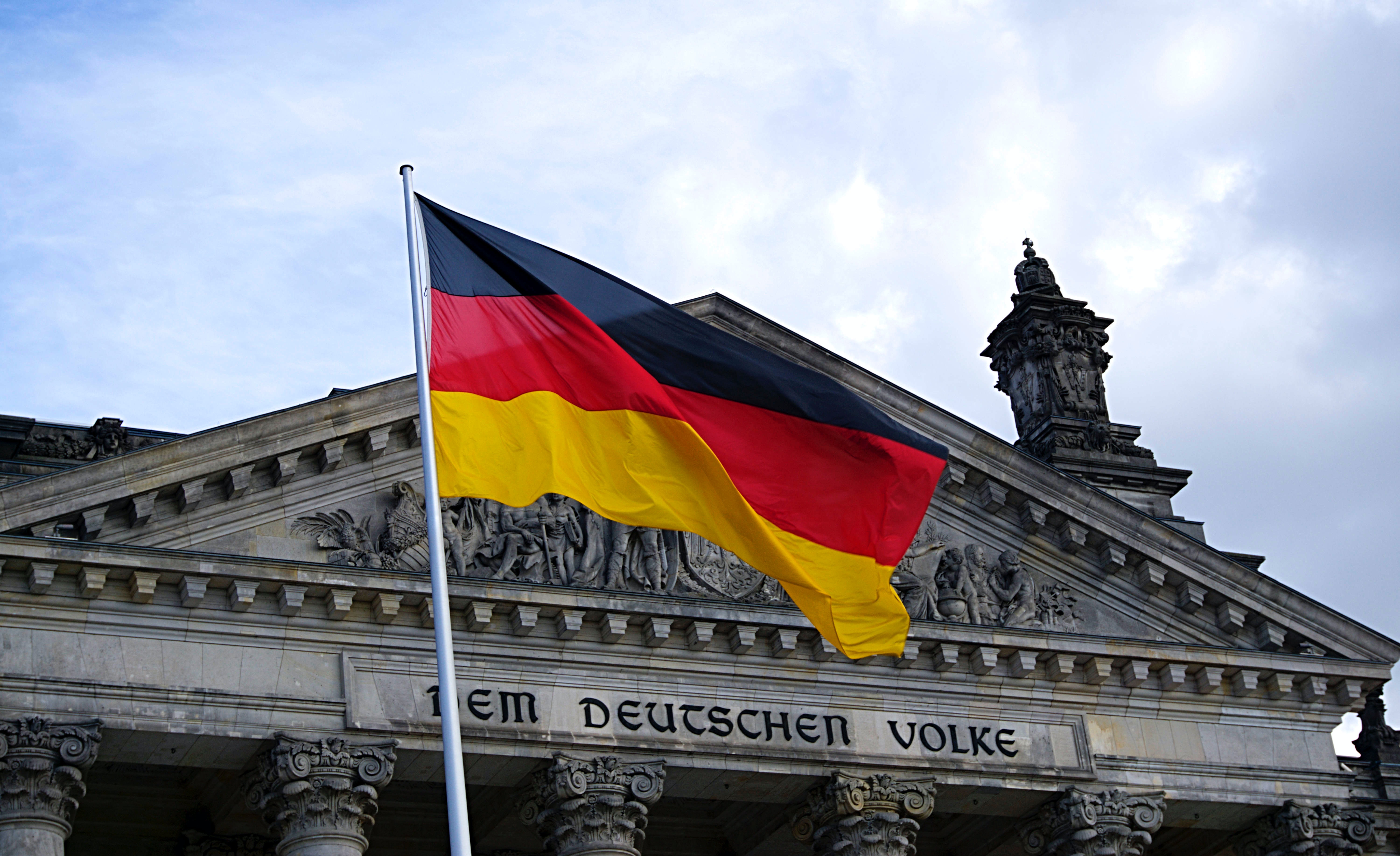European elections and the chemical industry: the REACH revision saga
| By Jessica Brobald | 0 Comments

By Eugénie Boulo-Daniel, Public Affairs Manager | Brussels, European Union
As the 2024 European elections approach, a sense of anticipation ripples through Brussels, heralding a pivotal moment for the future of environmental policy and the chemical industry’s role within it. In this electrifying atmosphere, the ongoing saga of REACH revisions underscores the complexity of balancing human health, environmental protection, and economic interests. This year, the voices of millions will not only decide the political fate of Europe but also shape the trajectory of its environmental policy. As we stand on the cusp of these landmark elections, we explore how the evolving political landscape could reshape the EU‘s approach to its most pressing environmental challenges.
All eyes on the chemical industry since 2020
In the 2019 elections, climate change and environmental protection were centre stage in campaigns and political debates. This trend was reflected in the votes, with almost 10% of the European Parliament’s 705 seats going to the Greens political group, its highest score ever. President Ursula von der Leyen’s Commission answered these growing public concerns with the European Green Deal: a blueprint for transformational change in Europe’s economy and society.
As part of the Green Deal, the Commission launched the Chemical Strategy for Sustainability (CSS) in October 2020, which aimed to review the EU’s already sophisticated chemical legislation by further containing the most hazardous chemicals in the environment. The strategy’s ambitions included banning some of the most harmful chemicals in consumer products, by modifying the two main EU chemical legislations: the Registration, Evaluation, Authorisation and Restriction of Chemicals (REACH) Regulation, and the Classification, Labelling and Packaging (CLP) Regulation.
56 actions were anticipated, with the more controversial to be tackled under the REACH revision – such as polymer registration, endocrine disruptors, PFAS restrictions, the introduction of an ‘essential use’ concept, reform of the authorisation and restrictions process, and the ‘safe and sustainable by design’ concept.
Over the past three years, the Commission services and external consultants have worked closely with the industry and relevant stakeholders to draft definitions and define concepts. The chemical sector, facing what they call a “double twin transition” (encompassing climate, digital, strategic autonomy, and sustainability), had long called for their own sectorial Transition Pathway, as set by Internal Market Commissioner Thierry Breton for many other economic ecosystems. Predictability, stability and coherence continue to be core asks from the sector.
Yet the REACH revision is proving to be a headache for the Commission’s services
While the current Commission took an important step forward by proposing a recast of the CLP Regulation in 2022, the REACH revision has been postponed repeatedly and is yet nowhere to be found.
One of the main new political concepts that will be proposed under the revised REACH is the “essential use” exemption criteria, to ensure that “the most harmful substances” chemicals are only allowed if their use is “necessary for the health, safety or is critical for the functioning of society” and if there are “no alternatives available”. This being said, despite some progress in the form of a report released by an external consultant in 2023, as of today there is no clear and common definition of “essential use”. This definition and how to introduce it in the approval process, amongst others, may be the reason behind the long REACH delay.
A key file in the hands of the next Commission
It is expected the EU elections campaign will be dominated by two issues: migration and the social costs of fighting climate change. The polls predict a rise of the far right and a remarkable decline of the liberal Renew group and of the Greens. This underscores the Green Deal fatigue felt across the EU, and a switch to an industrial and strategic autonomy perspective, in answer to nationalist concerns. The European People’s Party (EPP) remains in relatively strong in the polls and there is a widespread assumption that current Commission President Ursula von der Leyen will run for a second term (to be confirmed during the EPP summit in Bucharest on 6-7 March). While having to defend her Green Deal legacy, von der Leyen will also have to adapt to these more pressing concerns within her political group and more broadly across Europe.
The first consequences of that potential shift from a Green to an Industrial Deal will be reflected in both the timing of when the REACH revision proposal will be released – one of the first files of the new mandate, or one of the last of this mandate? – and how pro-industry its content is. Rumours announce a REACH revision in January 2025, a full three years after the initial timeline set in the CSS.
Once the proposal released, the institutional debate around the revision of REACH will be a key model of what to expect in the next mandate and how decisions will be taken with a polarised European Parliament, a fragile majority and a weaken voice from the Greens.
Watch this space
The years 2024-2029 will be particularly critical for the European chemical industry. The non-stop development of new green technologies is expected to lead to a doubling in chemicals production in 2030 compared to 2020. The impacts of the REACH revision, therefore, go beyond simply the chemicals industry and will affect the whole value chain in Europe and worldwide.











